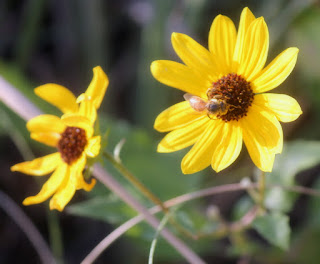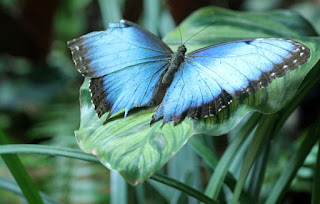Tell me something. When was the last time you made a list of
fun things to do…and actually did them? Don’t look now, but it’s already
June (how?!)—the Friday night of summer, as Laura Vanderkam says. Now’s
your chance. Time to plan some simple pleasures and everyday adventures to make
the hot, sweaty months pass more happily. I did this last year (click here to
read 2015’s list), with mixed success. Take Tank to the beach? Check. Go to a Rays
game? Yup. Make frozen pops, spend a day by the pool, or watch the sunset at
the beach?
Nope.
Lucky for me, I get a do-over. Summer has already barged its
way into central Florida (complete with a tropical storm, thank you very much),
so I’m trying again. Here’s my list for the summer of 2016:
- Have a pedicure (thanks to my friend Mary for the gift certificate to a local salon).
- Add some new tunes to my music library.
- Go to the movies with my Broadway season ticket buddies (we don’t have another show until October).
- Make homemade ice cream.
- Practice
riding Tank bridleless, while it’s hot and he’s
mellowlazy.
- Go on at least one field trip with Laure Ferlita. Maybe here or here. Hmm...I see a food theme developing...
- Create a new summer reading list—and start reading from it.
- Finish filling at least one sketchbook. I have two that are nearly full.
- Plan a trip to visit my family in California.
- Buy meals from Dinner Done so I don’t have to cook so much.
Sure, I’ll be working on my writing business, painting my
bathroom, cleaning out the fridge…but I’m also planning some serious fun. I
hope you will, too.
What’s on your bucket list this summer?






















































.jpg)


